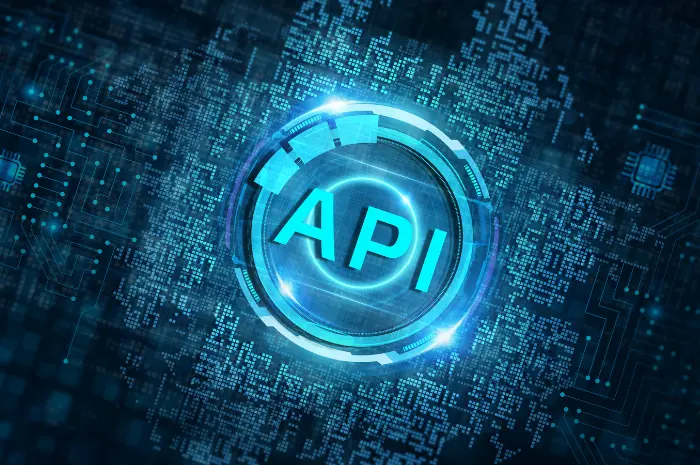If you are developing a web application, choosing the right API is very important. Application Programming Interface or API facilitates communication with other applications for a particular functionality. REST and RESTful API are the two popular options, but many often confuse between them. Our blog, REST API vs RESTful API helps you understand their basics and key differences.
REST API vs RESTful API
They are often used interchangeably which is why many ask- are both the same or is there any difference? Well, going by their name nothing much difference is visible, but the real difference comes from their functionality.
What is REST API?
REST API which is short for Representational State Transfer is a group of architectural principles used to design web APIs. They use URLs to identify resources for exchanging data between client and server side of the application. These resources could be data, content, media, or any algorithm.
A request is sent to the server to fetch these resources. GET, PUT, POST, and DELETE are the four types of requests used by REST APIs.
Advantages
- Can be integrated into any platform or language
- Reduces server burden
- Support the latest languages and frameworks
Disadvantages
- Not suitable for complex operations and data structures
- Does not include any security mechanisms
What is RESTful API?
RESTful APIs, on the other hand, are interfaces that use HTTP requests to access or exchange information between two different systems. They follow the principles of REST architecture and are used for web application development.
These APIs aim to provide a uniform and intuitive interface for client-server communication, promoting simplicity, reliability, and scalability.
Advantages
- Easy to create and manage online services
- Simplify the development process by providing a consistent interface to access resources
- Offers caching to reduce the number of queries to be sent to the server
- Works with different data types
Disadvantages
- Not easy to develop
- Implementing Hypermedia as the Engine of Application State (HATEOAS) is not always possible
- Slow performance that alternative web service designs
Also Read: Web Development: A Close Look at Wix and Squarespace
REST API vs. RESTful API: A Breakdown by Feature
While both REST and RESTful APIs are popular for web service communication, some key differences set them apart.
1. Architecture
- REST API: Focuses on a client-server model and allows access to resources through URLs. It has a flexible architecture and allows non-standard approaches.
- RESTful API: Strictly adheres to a resource-based architecture with a uniform interface.
2. Cache Ability
- REST API: This may be cacheable and not cacheable.
- RESTful API: Allow caching to improve performance. Responses often include cache control headers specifying how long clients can store data.
3. Stability
- REST API: The level of stability depends on the specific implementation. Deviation from core REST principles might lead to unpredictable behavior.
- RESTful API: Offers greater stability as it follows standardized practices. Developers can expect consistent behavior across different clients and servers.
4. Multi-layered Architecture
- REST API: May or may not employ a multi-layered architecture. The structure can be more flexible.
- RESTful API: Often leverages a multi-layered architecture for better security and scalability. This can involve separate layers for presentation logic, business logic, and data access.
5. Remote Procedure Call (RPC) on Web Services
- REST API: Can potentially use RPC-style communication where the API mimics remote function calls.
- RESTful API: Does not follow RPC-style communication. It manipulate resources through standard HTTP methods for a more web-oriented approach.
6. Consistent User Interface
- REST API: A consistent user interface depends on the implementation.
- RESTful API: Provides a consistent user interface through a uniform interface principle. Clients can expect a predictable way to interact with resources regardless of the specific functionality.
Which API is Preferred for Web App Development?
RESTful is the best approach for building web APIs and here is why:
- It follows well-defined rules, making them easier to develop, understand, and use for both developers and applications.
- These APIs are stateless, meaning each request is independent. This simplifies server-side logic and improves scalability for handling high traffic.
- They can handle various data formats (JSON, XML) and adapt to different use cases.
- RESTful APIs leverage HTTP, a universal protocol, for communication between different applications and platforms.
Conclusion
Understanding the difference between REST and RESTful API is important when designing web services. Former is best for getting started where the RESTful approach ensures a well-designed, efficient, and future-proof API.



